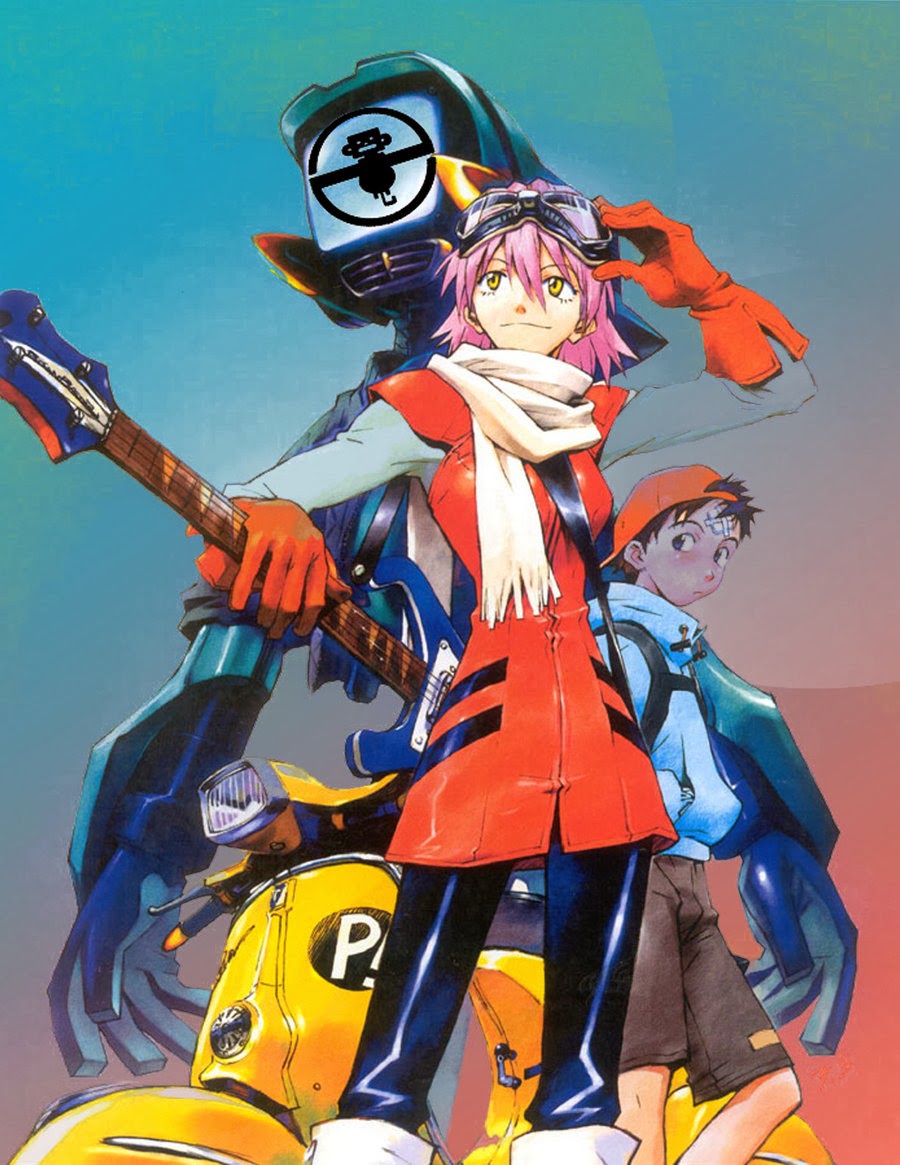Fooly Cooly, also known as FLCL, is a groundbreaking anime series that has captured the hearts of fans worldwide. This unique blend of coming-of-age themes and surreal storytelling has set it apart in the anime landscape. In this article, we will delve into the various aspects of Fooly Cooly, exploring its plot, characters, themes, and the cultural impact it has had since its release. Whether you are a longtime fan or a newcomer to the series, this guide aims to provide valuable insights and information.
As we navigate through the whimsical universe of Fooly Cooly, it is essential to understand its significance within the broader context of anime. The series, created by Gainax and Production I.G, premiered in 2000 and quickly became a cult classic, known for its distinctive animation style and unconventional narrative structure. We will examine how Fooly Cooly has influenced other works and why it remains relevant today.
This comprehensive article will serve as a resource for fans and those interested in anime culture. We will cover everything from character analysis to thematic exploration, ensuring that readers leave with a deeper understanding of Fooly Cooly. So, let’s embark on this journey through the vibrant and chaotic world of Fooly Cooly!
Table of Contents
- 1. Overview of Fooly Cooly
- 2. Biography of Fooly Cooly
- 3. Plot Summary
- 4. Key Characters
- 5. Themes and Symbolism
- 6. Cultural Impact of Fooly Cooly
- 7. Sequels and Spin-offs
- 8. Conclusion
1. Overview of Fooly Cooly
Fooly Cooly is a six-episode anime series that combines science fiction, comedy, and drama. The series follows the life of Naota Nandaba, a young boy living in the fictional town of Mabase. His ordinary life is turned upside down by the arrival of an enigmatic girl named Haruko Haruhara, who rides a Vespa and wields a bass guitar. The series is renowned for its rapid pacing, eclectic soundtrack, and visually striking animation.
2. Biography of Fooly Cooly
Fooly Cooly was created by the animation studio Gainax and aired on Japanese television in 2000. Directed by Kazuya Tsurumaki, the series features a unique blend of artistic styles and storytelling techniques. The series has gained a devoted following and has been influential in shaping the anime genre.
| Title | Fooly Cooly (FLCL) |
|---|---|
| Director | Kazuya Tsurumaki |
| Production Studio | Gainax, Production I.G |
| Release Year | 2000 |
| Episodes | 6 |
3. Plot Summary
The plot of Fooly Cooly revolves around Naota, who is struggling with the challenges of adolescence. His life changes dramatically when Haruko arrives in Mabase, bringing chaos and adventure. As Haruko becomes an integral part of Naota's life, he finds himself entangled in a series of surreal events involving alien robots, bizarre encounters, and a deeper exploration of his own identity.
Key Plot Points
- Naota's encounter with Haruko and the subsequent upheaval of his life.
- The mysterious nature of Haruko and her purpose in Mabase.
- Naota's internal struggles and the metaphorical representation of adulthood.
- The climactic battles against various antagonists, including the Medical Mechanica corporation.
4. Key Characters
Fooly Cooly features a diverse cast of characters that contribute to its rich narrative. Each character plays a significant role in Naota's journey and the overall themes of the series.
Main Characters
- Naota Nandaba: The protagonist, a young boy navigating the complexities of adolescence.
- Haruko Haruhara: The enigmatic girl who disrupts Naota's life, embodying freedom and chaos.
- Kamon Nandaba: Naota's father, whose childlike behavior contrasts with Naota's growing maturity.
- Masashi: Naota's friend, who provides comedic relief and insight into adolescent friendships.
5. Themes and Symbolism
Thematic depth is one of the hallmarks of Fooly Cooly. The series explores various concepts, including the transition from childhood to adulthood, the confusion of identity, and the impact of societal expectations.
Key Themes
- Coming of Age: Naota's journey reflects the struggles of growing up and finding one's identity.
- Chaos vs. Order: Haruko represents chaos, while Naota seeks order in his life.
- Family Dynamics: The relationships between Naota and his family highlight the challenges of communication and understanding.
6. Cultural Impact of Fooly Cooly
Fooly Cooly has left an indelible mark on the anime community and popular culture. Its innovative storytelling and artistic style have influenced numerous other works and continue to inspire creators worldwide. The series has also fostered a dedicated fanbase that celebrates its unique qualities through fan art, conventions, and online discussions.
7. Sequels and Spin-offs
In response to its popularity, Fooly Cooly has spawned sequels and spin-offs, including Fooly Cooly Progressive and Fooly Cooly Alternative. These follow-up series expand on the original's themes while introducing new characters and narratives, further enriching the Fooly Cooly universe.
8. Conclusion
Fooly Cooly is more than just an anime series; it is a cultural phenomenon that explores the intricacies of adolescence through a surreal lens. Its unique storytelling, memorable characters, and profound themes make it a must-watch for anime enthusiasts. We invite you to share your thoughts on Fooly Cooly, engage with fellow fans, and explore more articles on our site!
Final Thoughts
Thank you for joining us on this exploration of Fooly Cooly. We hope this article has deepened your understanding and appreciation of the series. Don't forget to leave a comment, share this article, and check out our other content for more exciting insights into the world of anime!
Dandelion Tattoo: The Symbolism, Designs, And Meaning Behind The Art
Exploring The Life And Career Of Robert De Niro
Understanding Leftover Crack: The Punk Rock Phenomenon


![🔥 [70+] Fooly Cooly Wallpapers WallpaperSafari](https://i2.wp.com/cdn.wallpapersafari.com/94/88/a6l5IC.png)